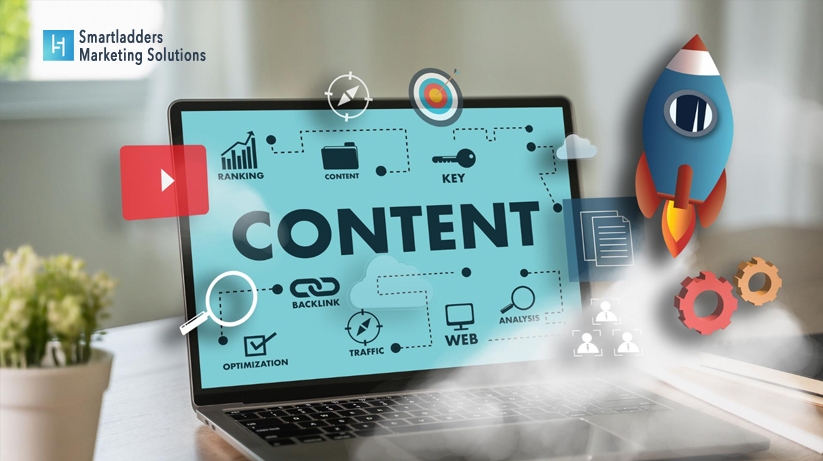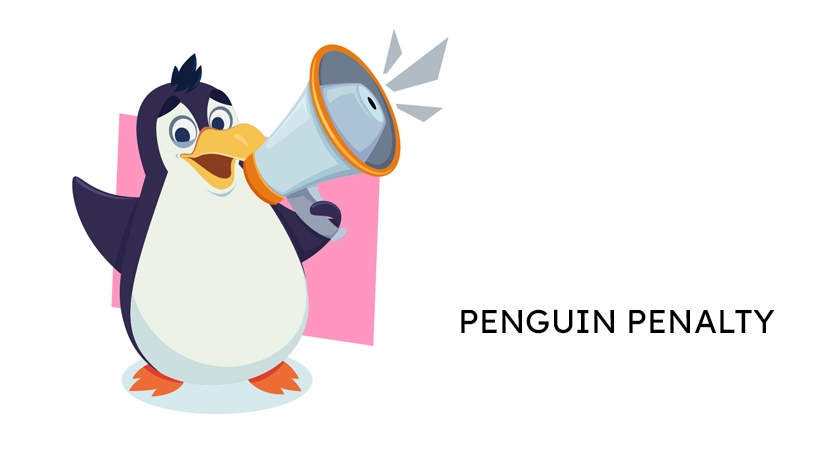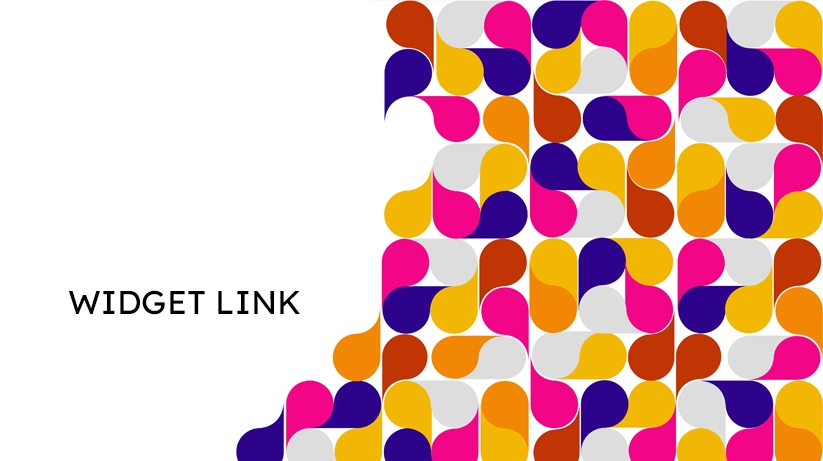
The Perfect Length for Your Blog Posts: How to Optimise Your Content for Reader Engagement and SEO

Introduction:
Blogging is a powerful marketing tool for the growth of any business. It allows for sharing ideas, promoting products and services, and gaining visibility of your brand. However, with an endless sea of content on the internet, it can become challenging to stand out from the crowd. One way to increase reader engagement and improve search engine optimisation (SEO) is to optimise the length of your blog posts. In this article, we'll explore how to determine the ideal size for your blogs and how to optimise your content for reader engagement and SEO.
Why Content Length Matters
Before we dive into the specifics of content length optimisation, it's essential to understand why content length matters. Research suggests a few key reasons why content length can impact reader engagement and SEO.
First, longer content often provides more value to readers. In-depth articles, tutorials, and how-to guides can establish a blogger's authority in a particular niche and provide readers with valuable information they can't find elsewhere.
Second, longer content may lead to longer time on site. When readers are engaged in lengthier content, they may spend more time on your site, which can increase your bounce rate and improve your ranking in search engines.
Third, longer content may attract high-quality backlinks. Backlinks are when one website connects to another and are a vital factor in SEO. Longer, more in-depth content is more likely to attract backlinks from other sites, generating sales and boosting the conversion of leads.
How to Determine the Perfect Length for Your Blog Posts
While there's no one-size-fits-all answer to how long your blog posts should be. We can look into the following :
Consider Your Topic: One of the most important factors to consider when planning the length of your blog post is your topic. More complex or technical issues require longer posts to cover all the necessary information, while more straightforward or conversational problems are better suited to shorter posts.
Reach your audience: Another aspect to consider is your audience. Shortening posts may be more appropriate if your readers are busy professionals with little time to read. On the other hand, if your readers are highly engaged and interested in your topic, longer posts may be more appropriate.
Consider Your Goals: Your goals for your blog post can also impact the length of your content. If you're trying to establish yourself as an authority in your niche, longer, more in-depth posts may be more appropriate. If you're trying to attract new readers or promote a new product or service, shorter, more engaging posts may be more appropriate.
Tips for Optimising Your Content for Reader Engagement and SEO
Once you've determined the perfect length for your blog posts, you can use a few tips and tricks to optimise your content for reader engagement and SEO.
Subheadings and Bullet Points
Subheadings and bullet points cut short, longer posts into more easily digestible chunks. This can make your content more engaging and easier to read, increasing site time and reducing bounce rate.
Use Images and Multimedia
Images and multimedia help break up longer posts and make your content more engaging. In addition, using alt tags and captions can help improve your SEO by making your content more accessible to search engines.
Use Internal and External Links
Internal links for SEO can connect links and posts on websites, and external links connect users to other websites. Links are an essential aspect of any website. We must make sure to link to other relevant content on your website.
Focus on Quality over Quantity
While longer posts can be beneficial for SEO and reader engagement, focusing on quality over quantity is essential. Your content should be informative and immersive, regardless of its length. Aim to provide value to your readers with every post, and they'll be more likely to return for more.
Keep Your Content Relevant and Up-to-Date
Finally, it's essential to keep your content relevant and up-to-date. Ensures that your readers get the most accurate and valuable information and indicates to search engines that your site is active and authoritative in your niche. Optimising the length of your blog posts can be significant in terms of reader engagement and search engine optimisation. By finding the perfect size for your content, you can:
Increase Reader Engagement: Longer, more in-depth content can establish your authority in your niche, provide readers with valuable information, and keep them engaged with your content for extended periods. It can result in higher engagement metrics, such as lower bounce rates, higher time on-site, and more social shares.
Improve SEO: Longer content can attract high-quality backlinks and establish your website's authority in search engines. Optimising your content with subheadings, multimedia, and internal/external links can improve your SEO and visibility in search engines.
Build Your Brand: Consistently creating high-quality, well-optimised impacts your rank and spreads awareness. You can focus on branding and SEO. This can lead to increased authority, trust and customer conversions.
The perfect length of your blog post is a factor when optimising your content for reader engagement, SEO and brand-building. By using subheadings, images, links, and other optimisation techniques, you can improve your SEO and keep readers coming back for more. Remember to keep your content up-to-date, and you'll be well on your way to success with your blog.
The impact of long-form content length on reader engagement
Long-form content is becoming increasingly popular as they provide readers with in-depth information on a particular topic. They are usually articles or blogs that exceed 1500 words. Long-form content can take many forms, including research-based articles, opinion pieces, and instructional guides.
Advantages of long-form content
Establishes credibility - Long-form content demonstrates that the author has done their research and profoundly understands the topic. This can help establish the author as an expert in their field, increasing their credibility.
Provides value - Long-form content provides readers with more information than short-form content. This can make the article more valuable to readers looking for in-depth information on a particular topic.
Improves SEO - Search engines like Google prefer long-form content because it provides more information for their users. This can help to improve the SEO of the article, which can lead to more traffic to the website.
Disadvantages of long-form content
Time-consuming - Writing long-form content takes a lot of time and effort. This can be a disadvantage for content generators or writers who must produce a large content volume.
Requires focus - Long-form content involves a lot of focus and concentration. Maintaining this stress level for an extended period can be difficult.
Not ideal for all topics - Some topics only require a little in-depth information. In these cases, long-form content can be too much for the reader and may lead to disengagement.
Short-form content
Short-form content refers to articles or blog posts that are under 1,000 words. These types of content are popular because they are quick and easy to read. Short-form content can take many forms, including news articles, opinion pieces, and listicles.
Advantages of short-form content
Quick and easy - Short-form content is quick and easy to read. This can make it ideal for readers who need more time or looking for a quick read.
Suitable for social media - Short-form content is ideal for Twitter and Facebook, where users have a limited attention span.
Allows for a higher content volume - Short-form content takes less time to produce than long-form content. This can enable content creators to create a higher volume of content.
Disadvantages of short-form content
Lacks depth - Short-form content provides less depth than long-form content. This can make it less valuable to readers looking for in-depth information on a particular topic.
Need to establish credibility - Short-form content may not show the author as an expert in their field. This can make it more difficult to build credibility with readers.
Finding the right balance
Finding the right balance between long-form and short-form content is essential for maximising reader engagement. Content creators should consider the following factors when deciding on the length of their content:
Topic - Some topics require more in-depth information than others Audience - Content creators should consider their audience when deciding on the length of their content. If the audience seeks in-depth information, long-form content may be more appropriate. However, short-form content may be more suitable if the audience wants quick and easy reads.
Platform - The platform on which the content is published should be researched. Twitter and Facebook are better suited for short-form content, while blogs and news websites are better suited for long-form content.
Goals -. If the goal is to establish the author as an expert in their field, long-form content may be more appropriate. However, short-form content may be more suitable if the goal is to attract traffic to the website.
The impact of content length on reader engagement is significant. Content creators should carefully consider the advantages and disadvantages of long-form and short-form content and find the right balance to maximise reader engagement. By viewing the topic, audience, platform, and goals, content creators can create valuable, engaging, and appropriate content for their audience.
Finding the right content length for your brand and audience
While your SEO will benefit from long-range, it is crucial to consider your audience.
To begin with, consider your audience and their preferences. Are they likely to read a lengthy, in-depth article or prefer shorter, more concise content? Understanding your audience's preferences can help you determine the ideal length for your content.
Next, consider the type of content you are creating. For example, a blog post may require a different length than a social media post or a video. Longer-form content like whitepapers, ebooks, or case studies may require more in-depth analysis and a higher word count. In contrast, shorter-form content, such as social media posts or email newsletters, may need to be more concise.
It's also important to consider the purpose of your content. Are you trying to provide information to your audience, generate leads, or promote a product? The purpose of your content is to guide the length of your content.
The impact of content length on search engine optimization
Longer content has more opportunities to include relevant keywords and phrases. Search engines rely on these keywords and phrases to understand the topic of your content. More extended optimisation provides more opportunities to use variations of your target keywords, and phrase optimisation helps boost your rankings.
Secondly, longer content tends to provide more value to readers. It covers in-depth information and a more comprehensive topic, meaning that longer content is more likely to be considered high-quality by search engines.
Another benefit of longer content is that it tends to attract more backlinks. Backlinks are a critical factor in SEO. They link other websites to yours. Longer content that provides valuable and well-written information is more likely to be linked to other websites, which can boost your search engine rankings.By creating high-quality, well-optimized content of an appropriate length, you can boost your SEO efforts and prioritise the targeted traffic to your site.
Conclusion
While there is no one-size-fits-all answer to the perfect length for blog posts, optimizing your content for reader engagement and SEO involves understanding your audience, providing valuable information, and formatting your posts for readability. Focusing on quality over quantity and consistently delivering high-quality content can improve your blog's visibility and build a loyal readership.
Search Engine Optimization
08 Nov 2023 | RachelLatest Post







